May: One lovely thing after another
Frontenac State Park Association newsletter
May 2025 (Vol. 3, No. 5)
Comments, contributions, compliments, complaints? Reach your newsletter editor at pamelamarianmiller@gmail.com.
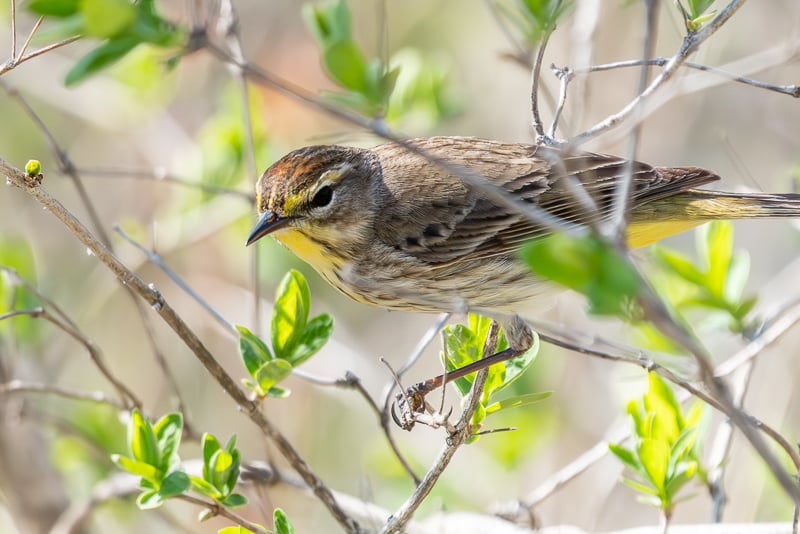
May: One lovely thing after another
Those of us who love Frontenac State Park and spend a lot of time there know it has something to offer us every moment of the year. But May may be its most thrilling month.
Every day, new things pop up. Wildflowers brighten the woods, spring mushrooms peek up here or there, the canopy swells with green on green on green, and birdsong vibrates the air from dawn to dusk.
May is an especially exciting time for warbler watchers and morel mushroom hunters. And with warmer weather, the park’s water turned on and its shower building open, the campground becomes a lively, friendly place. Welcome to spring and our favorite park, everyone!
The Frontenac State Park Association, some of whose older members may have snoozed through winter (we’re waking them up one by one, sometimes using our trusty bullhorn), has also picked up its pace. From our calendar to yours, here are upcoming events:
Saturday, May 3, 10 a.m.: Workshop on bird apps: Learn how to use the fun, free phone apps Merlin and eBird to deepen your appreciation of birds. Instructor Janet Malotky. Main picnic shelter. The workshop is free. Sign up here.
Tuesday, May 6, 10-11 a.m.: Nature Explorers class on dragonflies for preschoolers. Join instructor Sara Holger and FSPA volunteers for a merry hour of fun and learning at and outside the main picnic shelter. Children must be accompanied by an adult.
Saturday, May 10, 9-11 a.m.: Guided bird walk: The warbler migration is on! Meet at the Sand Point Trail parking lot, then walk through the riparian forest and along the beach to Sand Point. We will look for migrants such as the Blackburnian Warbler and Northern Waterthrush as well as residents like the Prothonotary Warbler and American Redstart. Listen for the ethereal call of a Wood Thrush. Bring binoculars. The trail is well maintained and flat. The full loop is about 2 miles long, but you can head back whenever you need to. Questions? Email janetmalotky@gmail.com.
Thursday, May 15, 3-4:30 p.m.: Quarterly meeting of the Frontenac State Park Association at the main picnic shelter. Interested in joining us? Stop by, or email FSPA chair Steve Dietz at stevedietz@duck.com.
Sunday, May 18, 11 a.m.-12:30 p.m.: Guided fungi walk: Meet at the campground kiosk for a walk in which we’ll talk about wild fungi and their relationship to trees, and see if we can find anything interesting. While May is traditionally a good month to find morels, we guarantee nothing except that you’ll learn a few things for searching on your own. Wear shoes and socks, long pants and long sleeves, and bring tick protection. Questions? Email pamelamarianmiller@gmail.com.
Saturday, May 24, 10-11 a.m.: Guided nature walk: Meet at the campground kiosk for the first walk of the season guided by interpretive naturalist Bruce Ause. Bruce’s walks are by far our most popular offering. Come see why!
Sunday, May 25, 11 a.m.-1 p.m.: Raptor program with biologist Jackie Fallon. Meet at the ranger station.
Saturday, May 31, 9 a.m.-noon: Volunteer event with Great River Greening planting, seeding and removing invasive species in the park. If you’d like to help, go to their website to register.
Tuesday, June 3, 10-11 a.m.: Nature Explorers class on rocks — yes, beautiful rocks! — for preschoolers. Join instructor Sara Holger and FSPA volunteers for a merry hour of fun and learning at and outside the main picnic shelter. Children must be accompanied by an adult.
Saturday, June 7, 10-11 a.m.: Guided nature walk: Meet at the campground kiosk for a nature walk with interpretive naturalist Bruce Ause.
Saturday, June 14, 10-11 a.m.: Guided nature walk: Meet at the campground kiosk for a nature walk with interpretive naturalist Bruce Ause.
Saturday, June 14, 10 a.m.-noon: Guided walk focused on post-fire ecology with park manager Jake Gaster. Meet at park headquarters.
Saturday, June 21, 10-11 a.m.: Guided nature walk: Meet at the campground kiosk for a nature walk with interpretive naturalist Bruce Ause.
Saturday, June 28, 10-11 a.m.: Guided nature walk: Meet at the campground kiosk for a nature walk with interpretive naturalist Bruce Ause.
Saturday, June 28, 9-11 a.m.: Guided bird walk along Prairie Loop Trail. Meet at the ranger station parking lot. We’ll look for prairie birds, including Eastern Meadowlarks, Dicksissels, Eastern Bluebirds, American Kestrels, sparrows such as Henslow and Clay-colored, and other grassland birds. The trail is mowed grass without much elevation change. Bring your binoculars or borrow some from the park office. Questions? Email janetmalotky@gmail.com.
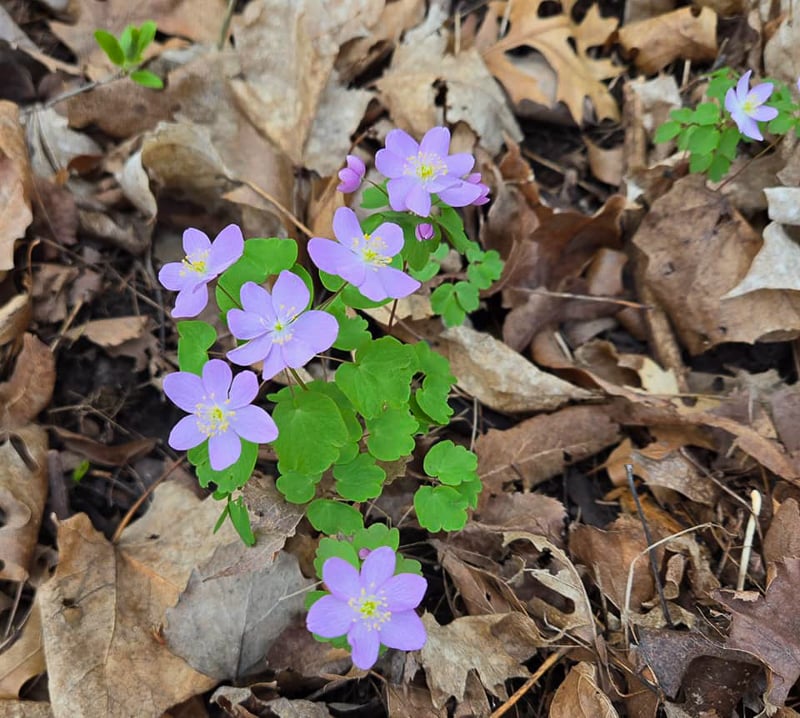
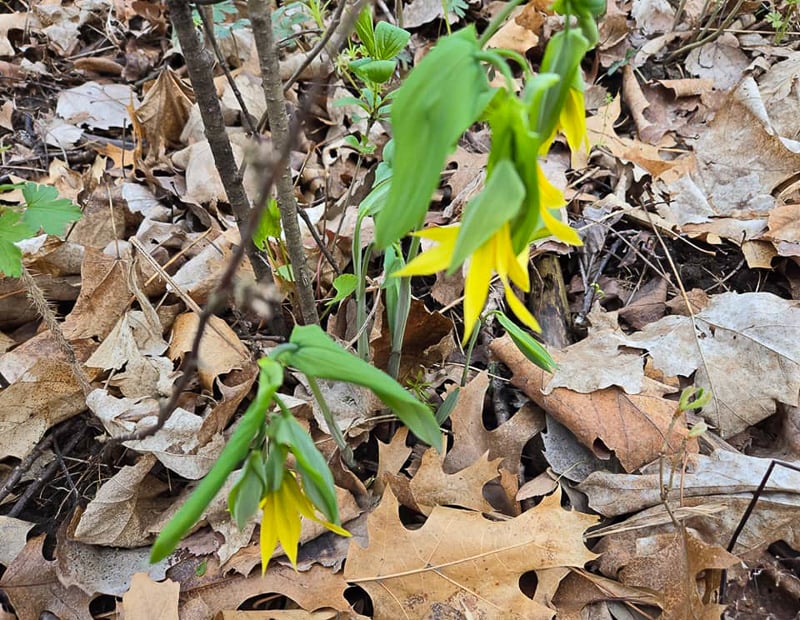
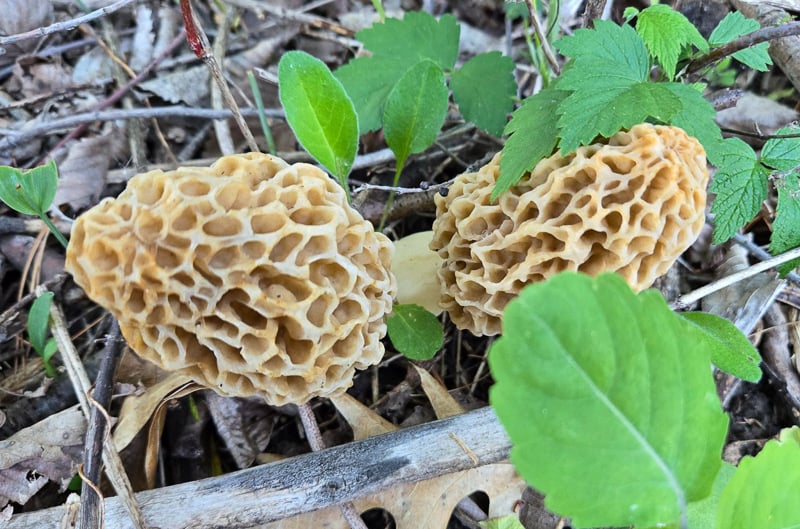
Where are the morels? Here are some clues.
By Pamela Miller, Minnesota Master Naturalist volunteer
Morel mushroom hunters are an avid and unforthcoming bunch. They remind us of those dudes in the movie “Fight Club” whose first rule is, you know, never talk about fight club, or the wide-eyed, timid souls in the Disney movie “Encanto” who don’t talk about Bruno, no, no, no.
Yeah. If you have sites where you regularly find morels in May, you’re very unlikely to share them with anyone but fellow avid foragers who then share their sites with you. That is as it should be.
But we’ll bend the rules a bit here and talk about morels, and where to find them, or at least the sorts of places in which you might find some. (And see the calendar info above for that blurb about our May 18 fungi walk in the park.)
When it has rained enough (rain is everything!), morels (Morchella esculenta) pop up in southeastern Minnesota woodlands around living, dead or dying hardwoods, especially elms; on (moderately) disturbed ground, such as in orchards, near fence lines or along gravel roads; in south-facing gardens or wood chips (usually early in May, when such sheltered areas tend to be warmer microclimates), and sometimes, like when you’ve arrived home after a long, hard, tick-ridden day in the woods during which you didn’t find even one morel, growing right along your driveway.
What the! Morels’ trickiness appeals to us as much as their honeycombed beauty and gourmet umami flavor when sauteed in white wine, butter and garlic with – heck, anything else you’re about to eat.
Most of those habitats we mentioned, other than your driveway, are in Frontenac State Park. Where, exactly? Wait for rain, Grasshopper, then think habitat and trees, and south-facing slopes early in May, shadier ones later in the month. Then go for a walk, and see what you can see.
Interested in reading more about fungi? Here are a few cool books:
“Mushrooms of the Upper Midwest” by Teresa Marone and Kathy Yerich: An essential pocket guide for Minnesota foragers. If you get only one mushroom book, this is it.
“Mushrooms Demystified” by David Arora: A comprehensive guide (and quite the delightful rabbit hole) by a famously obsessed and sometimes eccentric mycologist.
“Mushrooms of the Midwest” by Michael Kuo and Andrew Methven. Comprehensive and addictive, with short takes and pretty photos of more than 500 regional ’shrooms. More of a coffee table book than a guide.
“Untamed Mushrooms: A Midwestern Guide” by Michael Karns, Dennis Becker and Lisa Golden Schroeder: Tales from the woods, pretty photos and scrumptious recipes. Well worth its pricey price.
“Entangled Life: How Fungi Make Our Worlds” by Merlin Sheldrake: “An ebullient and ambitious exploration of a subject that surrounds us yet too few of us think about,” the New York Times said of this captivating book. We liked it too, especially that one part where Sheldrake pours water over a book and turns it into an oyster mushroom colony.
“The Secret Life of Fungi: Discoveries From a Hidden World” by Aliya Whiteley: Highly readable science about fungi. Science! We love science.
“The Mushroom Hunters: On the Trail of an Underground America” by Langdon Cook: A highly entertaining deep dive into the often cut-throat subculture of wild mushroom pickers, buyers and sellers in the American West and Northwest.
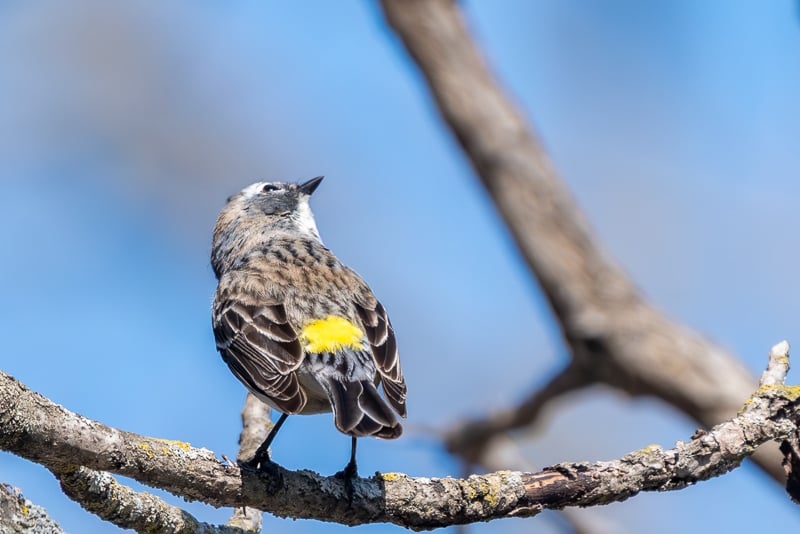
Bird notes: The upside to the downside
By Janet Malotky, Minnesota Master Naturalist volunteer
First, the downside: The water level of Pleasant Valley Lakelet/Frontenac Pond is very low. The dam is wide open and water is rushing out faster than the springs can fill it. The beavers who saved the pond two years ago have disappeared or abandoned the task. This is a worry for the fishery, especially if the water keeps dropping.
The upside? Shorebirds galore!
Shorebirds are the variably long-legged, long-billed birds who poke around in mudflats and shallow water for their food. The pond’s low water level has led to a wide fringe of mudflat around expanses of shallow water, a dazzling attractant to weary shorebirds migrating through our area this spring.
As a result, we’ve had a parade of them visiting since early April: Pectoral Sandpipers with their brown bibs, the weird-looking Wilson’s Snipe, the stroll-and-stab Greater and Lesser Yellowlegs, Willets with a black-and-white wing pattern you only see when they fly, Long-billed Dowitchers with their sewing machine mud-probing action, and of course the stately Great-blue Heron. And, just days ago, the rare (in these parts) White-faced Ibis! All but the herons pass through on their way to breeding grounds north of here.

Another mudflat visitor who sticks around to nest and breed is the Killdeer. Folks may also be familiar with Killdeer poking around large construction sites, where bugs and grubs have been made more available in the disturbed soil. Killdeer also frequent recently burned fields. We witnessed this in western Minnesota in a field still smoldering at one end but nevertheless dotted with more than 50 Killdeer!
If you chance upon one, there is nothing cuter than a baby Killdeer. I don’t have a good photo with permissions, but Google it and prepare to melt. That little squeak of fuzz wouldn’t grow up to kill a deer, would it? No. The high, piercing call they make supposedly sounds like “killdeer.” Here is a link. Decide for yourself.
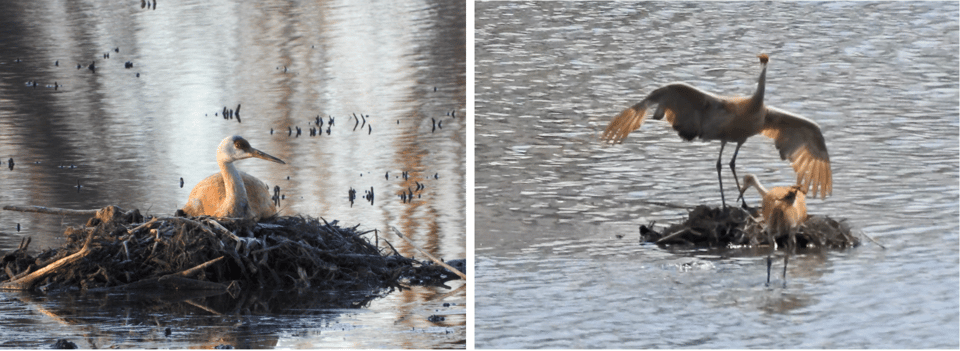
Possibly the most iconic shorebird who breeds in our area is the Sandhill Crane. And the low water level in the pond has offered us the astonishing gift of a pair of cranes nesting in plain site on a shallow water hummock toward the south end of the pond.
You can observe them with binoculars from the small overlook off Hwy 61. Or you can get a closer view from the wildlife blind off the prairie trail in the park. PLEASE DO NOT GET ANY CLOSER TO THE BIRDS THAN THESE TWO LOCATIONS! If you watch and wait long enough, you may get to see the pair trade off brooding the egg/s, a slow-moving process that appears to involve lots of circling, some unison calling, turning of the egg, and finally, repeated settling to find the ideal brooding position. The female and male share brooding duties during the day, but the female gets night call.
The cranes started with two eggs in early April (jumbo dinosaur eggs!) but we’ve only been able to see one lately. We did observe a large snapping turtle approaching the nest. That concerned us, and the Sandhill parents were worried as well. They menaced the turtle by looming over it with raised wings and long sharp bills.
But our main concern for the well-being of the cranes is the water level in the pond. If beavers were to get busy reconstructing the dam, the rising water could swamp the nest. The egg/s should hatch in early May. If the beavers hold off until then, the Sandhill colt will have a chance to hatch and the migrating shorebirds should be on their way north. Then bring on the water and save the fishery!
Notes from the field: Give me your uninteresting, your strange, your ugly needing to be studied
By Steve Dietz, Minnesota Master Naturalist volunteer
Beauty is all around us at Frontenac State Park, a blessing, for sure. But I want to put in a word for the “uninteresting, strange or ugly,” as one Purdue University blog post puts it. Others in the field(s) of conservation ecology call this the problem of “charismatic megafauna.”
On the one hand, “save the whales” can and should be a call to support the entire marine ecosystem. But our love of whales, giant pandas, bison and other charismatic megafauna can also lead to imbalances with the lion’s share — pun intended –- of funding going to the study of these species and not necessarily the 9 million species (!) of insects that are estimated to exist but have never even been described (entomology blog).
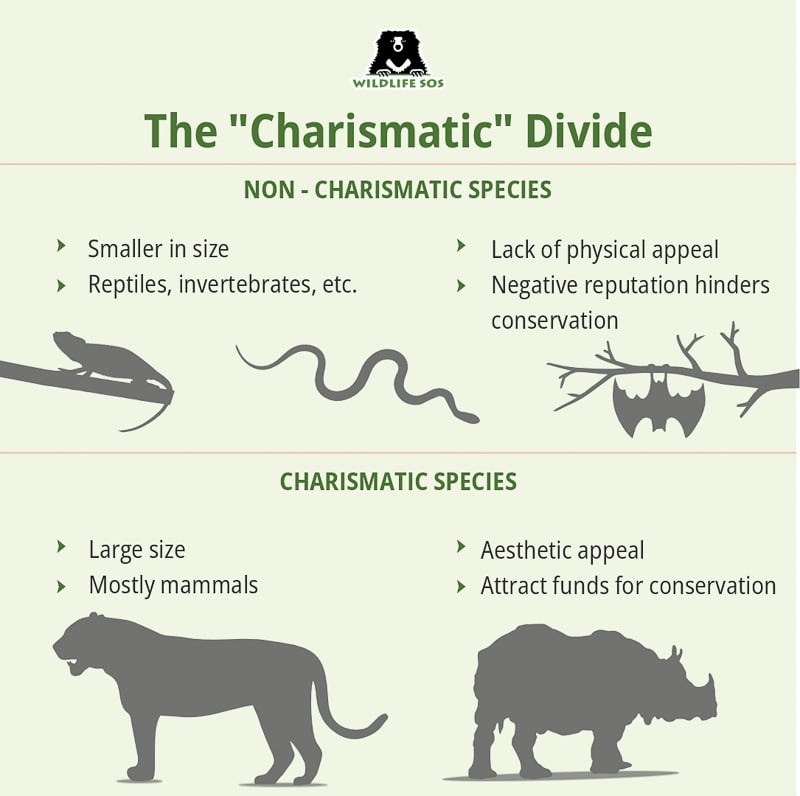
As an avid birder, I found my attention caught by this kind of imbalance because of a recent paper that documented a six-decade research bias towards fancy and familiar bird species as reviewed in an article in Audubon Magazine. The study focused on perching birds in North America, ranking them according to the aesthetic appeal of the males of each species by scoring them on how colorful and contrasting their plumage is and whether they show any iridescence, a crest, or other striking features.
The results were unmistakable. The birds that scored in the top 10 percent for visual appeal had been studied three times as much as those that scored in the bottom 10 percent.
Don’t get me wrong, I love the warblers and other fauna and flora that we often write about in this newsletter, but as you hike through the park, take a moment to really look at the seemingly uninteresting, strange or ugly. For instance, this peacock fly, documented on iNaturalist in the park on May 16, 2019.
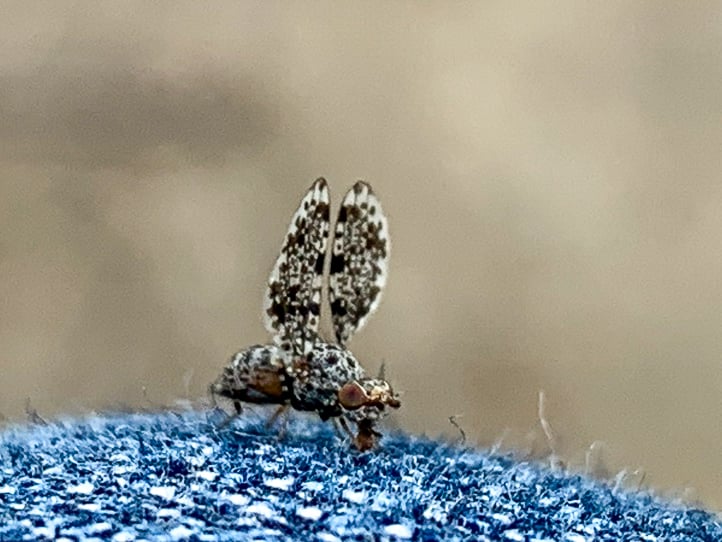
What the heck even is a peacock fly (Callopistromyia annulipes)? According to Wikipedia, it is “a species of picture-winged flies in the genus Callopistromyiaof the family Ulidiidae.” Super helpful, right? It goes on to state: “Males and females posture and strut on rotting trees or logs with their wings raised vertically and pointed forward. The resemblance to a peacock's tail is enhanced by blue reflections.” Now we’re getting somewhere. Who knew?
Current Biology fleshes this out a bit more: “...mottled flies perform a stuttering sort of dance, with wings held vertically to form striking patch-worked, iridescent-fans, which are moved in an arrhythmic jerking motion as the flies periodically run to and fro. It is this behaviour that gives the flies their common name, as the way the wings are brought together, as well as their coloured patterns, strongly evoke the more familiar peacock’s tail.” [video]
No, we don’t all have to become hard-core entomologists to enjoy Frontenac State Park, but let’s expand our notion of what might be interesting, awesomely strange and beautiful to contemplate. They are integral and essential to the ecosystem too.
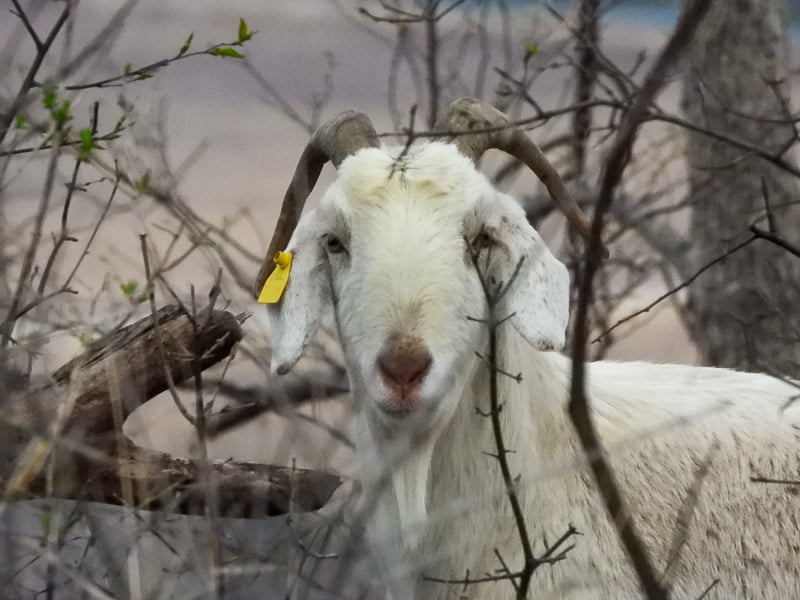
Poem of the month
“Solitude”
By Archibald Lampman (Canadian; 1861-1899)
How still it is here in the woods. The trees
Stand motionless, as if they did not dare
To stir, lest it should break the spell. The air
Hangs quiet as spaces in a marble frieze.
Even this little brook, that runs at ease,
Whispering and gurgling in its knotted bed,
Seems but to deepen with its curling thread
Of sound the shadowy sun-pierced silences.
Sometimes a hawk screams or a woodpecker
Startles the stillness from its fixed mood
With his loud careless tap. Sometimes I hear
The dreamy white-throat from some far-off tree
Pipe slowly on the listening solitude
His five pure notes succeeding pensively.
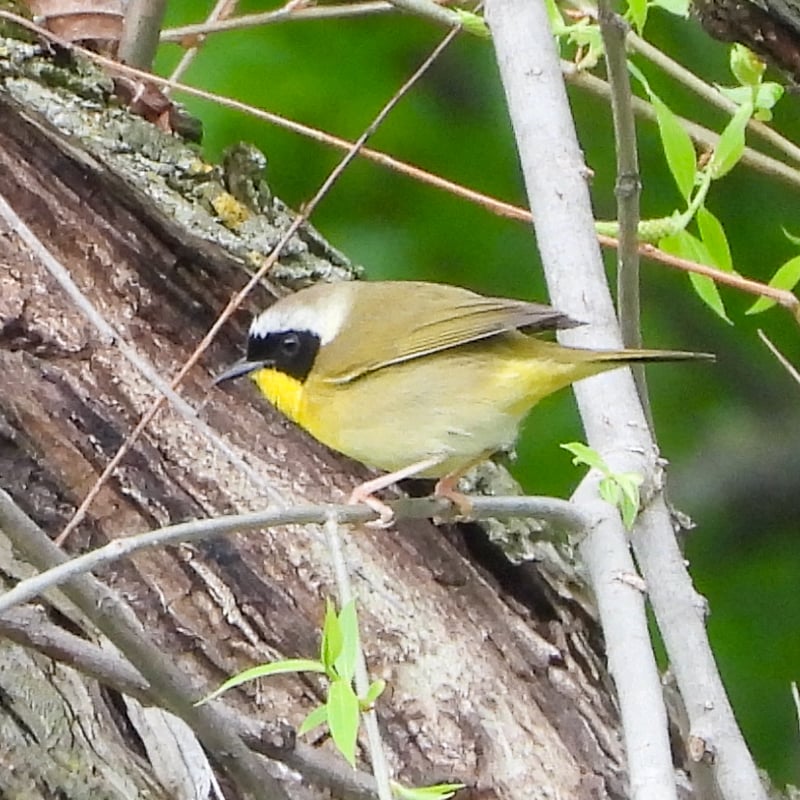
Interested in joining the FSPA?
If you were a member in 2024, thank you! You allowed us to pursue our mission of supporting this treasured park with service days, new bird amenities, a new park sign, and many interpretive outings.
Membership is on an annual basis. If you have not yet renewed, please do so. If you’d like to join us, we’d be honored to have your support. Dues are $25 per year for an individual, $35 for dual/family membership. Here’s a link with signup information.
A reminder that joining us occasionally to help with volunteer efforts is awesome too, even if you’re not a member. The FSPA’s goals are to support the park and share our love of Frontenac State Park with as many people as possible.
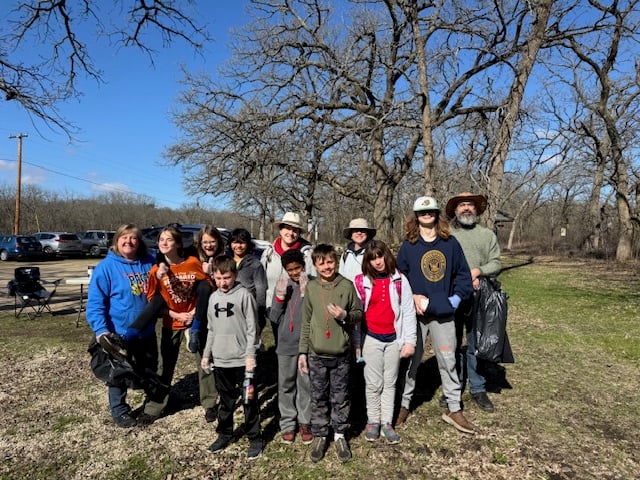
To sign up to regularly receive this free, spam-free monthly newsletter, click on “Subscribe” below. Feel free to send questions or comments to your newsletter editor at pamelamarianmiller@gmail.com. Questions about the FSPA? You can reach hard-working FSPA chair Steve Dietz at stevedietz@duck.com.
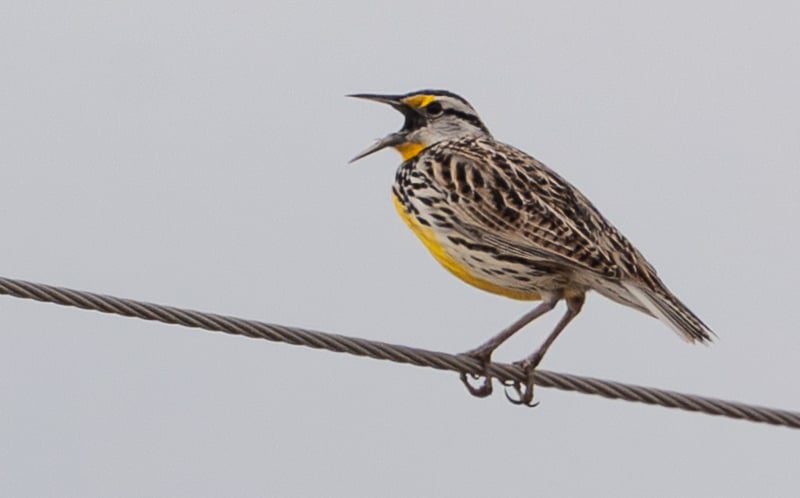
Handy links for more information and education
Frontenac State Park
Frontenac State Park Association
If you take pictures in the park, tag us on Instagram
Frontenac State Park bird checklist
Frontenac State Park on iNaturalist
Parks & Trails Council of Minnesota
Website for our township, Florence Township
Minnesota Master Naturalist programs
Red Wing Environmental Learning Center
Lake City Environmental Learning Program on FB
Visit Lake City
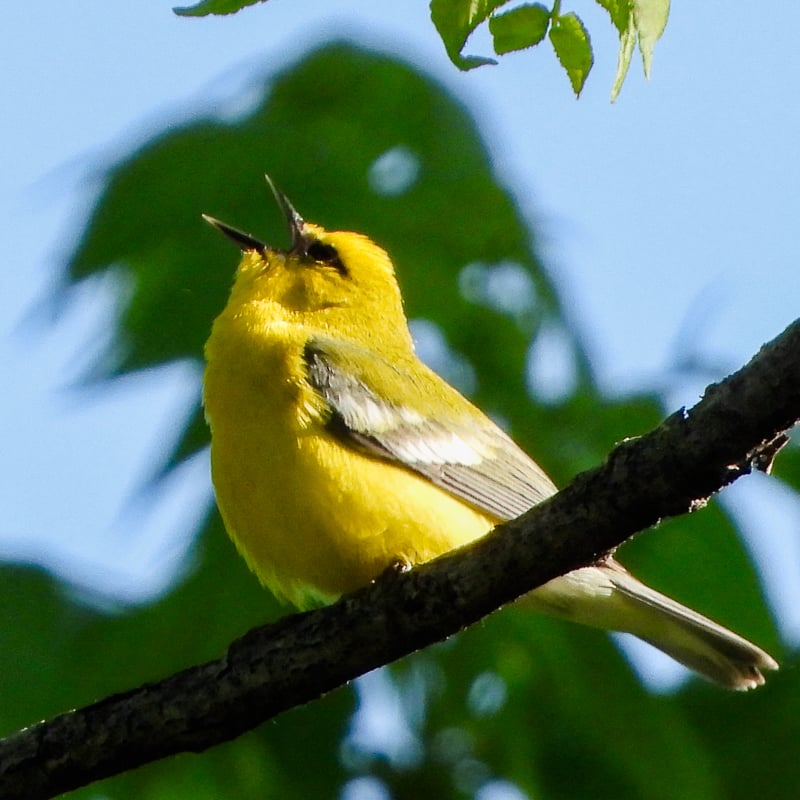
Frontenac State Park staff
Jake Gaster, park manager; Amy Jay, assistant park manager; Amy Poss, lead field worker
Parting shots

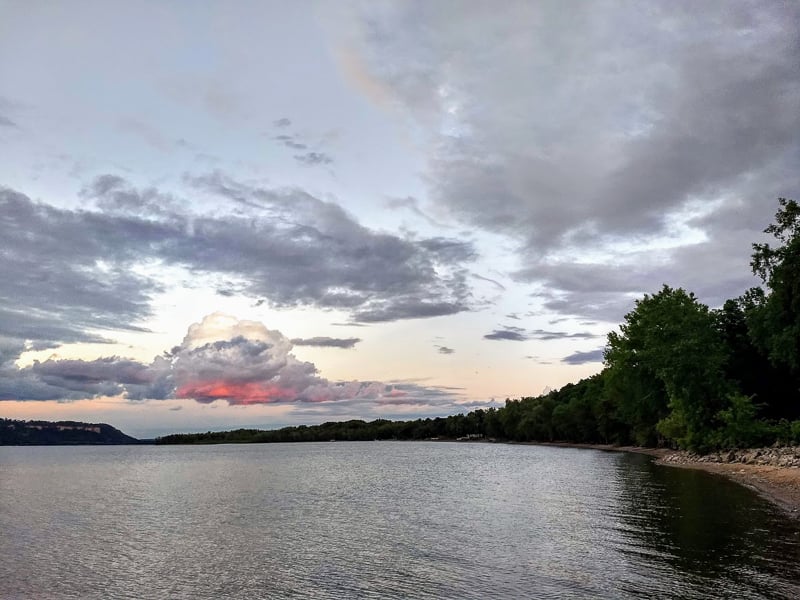
Thank you, readers and park visitors!
This is Volume 3, No. 5 of the Frontenac State Park Association newsletter, which was launched in April 2023.
Here’s where to browse the full archives of this newsletter.